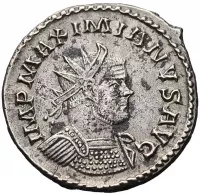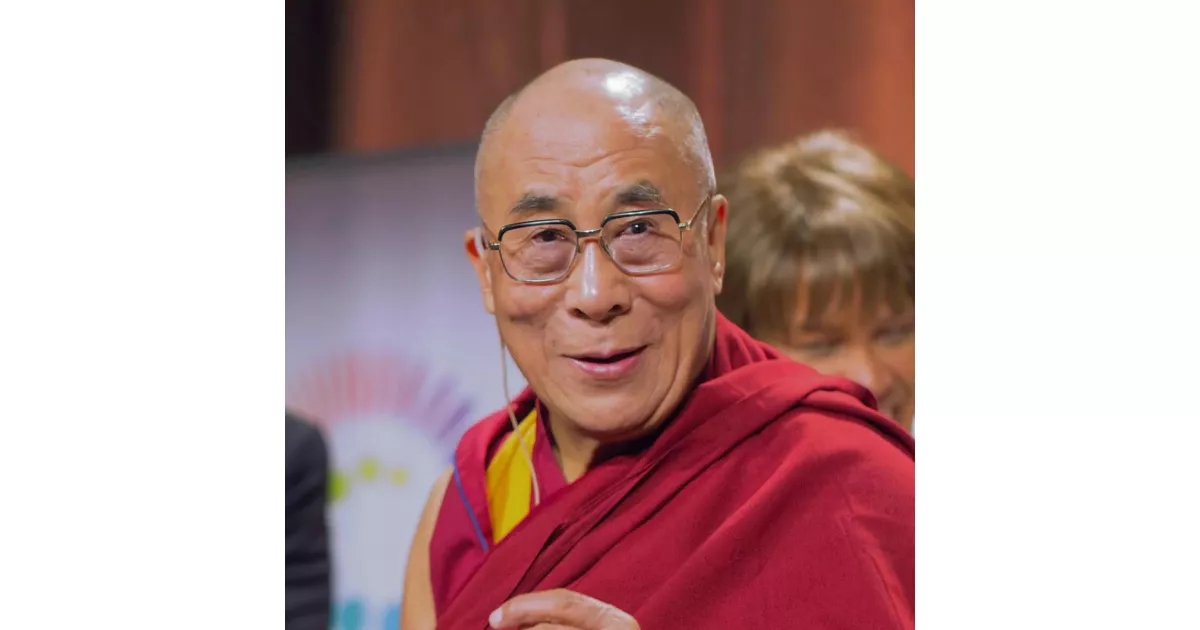From career breakthroughs to professional milestones, explore how Dalai Lama made an impact.
The Dalai Lama is the title given to the head of the Gelug school of Tibetan Buddhism. The title, meaning "Holiness Knowing Everything Vajradhara Dalai Lama," was first bestowed upon Sonam Gyatso in 1578 by Altan Khan. Sonam Gyatso became the 3rd Dalai Lama, and the title was posthumously awarded to the first two tulkus in his lineage. The Dalai Lama lineage represents a significant figure in Tibetan Buddhism and, historically, held political influence.
1912: Upholding Tibetan independence
From 1912 to 1950, the 13th Dalai Lama upheld de facto Tibetan independence from China.
1912: Declaration of Independence by the 13th Dalai Lama
In 1912, following the collapse of the Qing dynasty, the 13th Dalai Lama declared that Tibet's relationship with China had ended and proclaimed Tibet's independence.
1912: Collapse of the Qing dynasty
In 1912, following the collapse of the Qing dynasty, the government in Tibet was reconstituted with the Dalai Lama presiding over a Kashag, reinvesting him with temporal power.
1913: Publication of the Tibetan Declaration of Independence
In 1913, the Great Thirteenth Thubten Gyatso published the Tibetan Declaration of Independence for the entirety of Tibet.
1949: Nepal references Tibet as an independent state when submitting an application to join the UN
In 1949, the Kingdom of Nepal referenced Tibet as an independent state when submitting an application to join the UN.
November 1950: Enthronement of the 14th Dalai Lama
On 17 November 1950, the 14th Dalai Lama was formally enthroned during the Battle of Chamdo with the People's Republic of China.
1950: Upholding Tibetan independence
From 1912 to 1950, the 13th Dalai Lama upheld de facto Tibetan independence from China.
1951: Ratification of the Seventeen Point Agreement with China
In 1951, the 14th Dalai Lama ratified the Seventeen Point Agreement with China, which outlined the terms for Tibet's incorporation into the People's Republic of China.
1951: Pressure to accept the Seventeen Point Agreement
In 1951, the Dalai Lama and the Tibetan government were pressured into accepting the Seventeen Point Agreement for the Peaceful Liberation of Tibet.
April 1959: Issuance of statement regarding the Seventeen Point Agreement
On 18 April 1959, the Dalai Lama issued a statement that in 1951, the Dalai Lama and the Tibetan government were pressured into accepting the Seventeen Point Agreement for the Peaceful Liberation of Tibet.
1959: Revocation of the Seventeen Point Agreement
In 1959, the 14th Dalai Lama revoked the Seventeen Point Agreement with China.
1959: Reinstatement of the Kashag and National Assembly
Until 1959, the Kashag and the Tsongdu or National Assembly were reinstated, and, presided over by a Dalai Lama or his regent, ruled without further interruption.
1974: Rejection of Tibetan independence
In 1974, the 14th Dalai Lama rejected calls for Tibetan independence, shifting away from supporting the Tibetan independence movement.
2001: Cession of power to elected parliament of Tibetan exiles
In 2001, the 14th Dalai Lama ceded his partial power over the government to an elected parliament of Tibetan exiles.
2005: Agreement that Tibet is part of China
Since 2005, the 14th Dalai Lama has publicly agreed that Tibet is part of China and no longer supports separatism.
2014: Tibet wants to be part of China
In 2014, the Dalai Lama said that Tibet wants to be part of China but China should let Tibet preserve its culture and script.
2016: Tibet wants to be part of China
In 2016, the Dalai Lama said that Tibet wants to be part of China but China should let Tibet preserve its culture and script.
2020: Statements on Tibetan independence and China
In 2020, the Dalai Lama said he did not support Tibetan independence and hoped to visit China as a Nobel Prize winner. He stated his preference for a republic within the People's Republic of China, where ethnic minorities can live in harmony.
Mentioned in this timeline
The United States of America is a federal republic located...

Barack Obama the th U S President - was the...
India officially the Republic of India is a South Asian...
China officially the People's Republic of China PRC is an...
Nepal is a landlocked country in South Asia predominantly located...

September is the ninth month of the year in the...
Trending
8 months ago Barcelona and Real Madrid to Clash in Copa del Rey Final El Clasico.

5 months ago Student Loan Repayment Troubles: 460K Denied, Backlog Alarms, Forgiveness Halted.

Amy Winehouse - was a highly acclaimed English singer and songwriter celebrated for her distinctive contralto voice and genre-bending music...

8 months ago Dyson Daniels Wins 2024-25 NBA Most Improved Player; Zubac, Cunningham Runners-Up

7 months ago Cooper Flagg buzzes at NBA Draft Combine, projected first pick alongside Dylan Harper.
1 month ago Mega Millions and Pick 3: Lottery Results and Winning Numbers Updates
Popular

Candace Owens is an American conservative political commentator and author...

Ilhan Omar is an American politician currently serving as the...

XXXTentacion born Jahseh Dwayne Ricardo Onfroy was a controversial yet...

Frederick Christ Trump Sr - was an American real estate...

Charles James Charlie Kirk was a prominent American right-wing political...

Cristiano Ronaldo often nicknamed CR is a Portuguese professional footballer...
